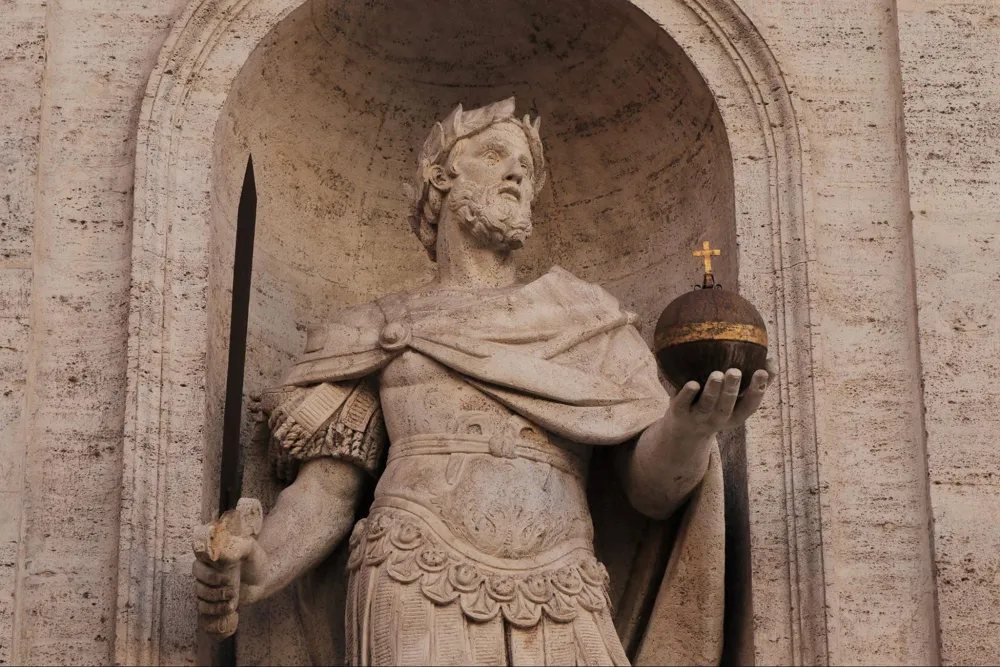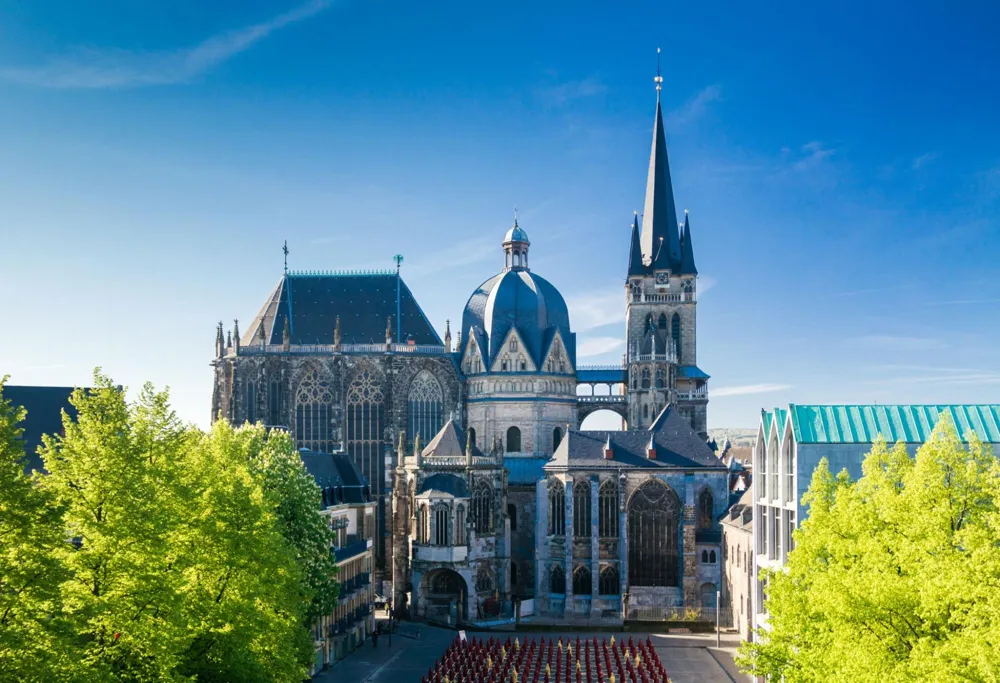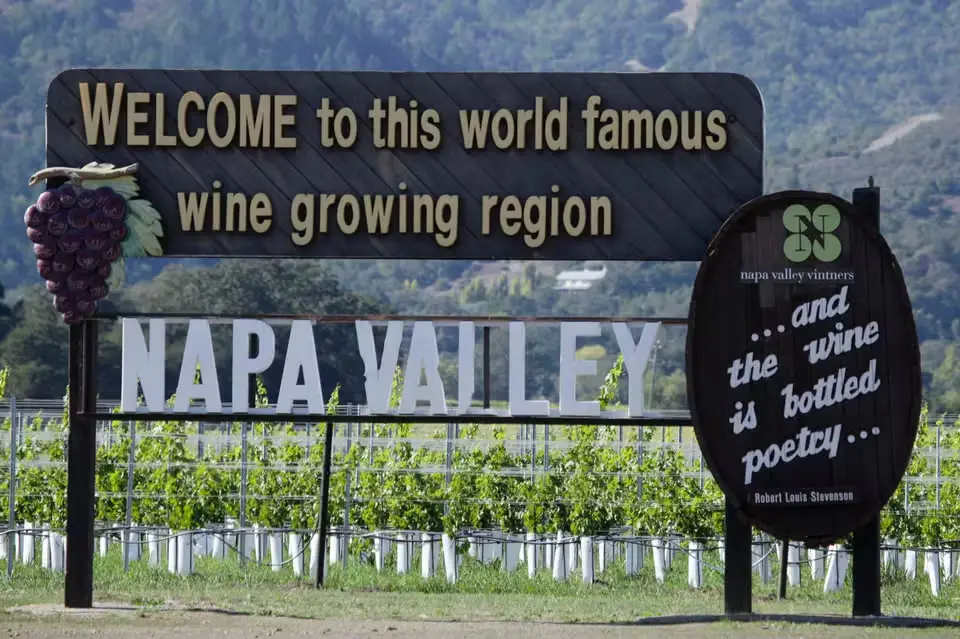Charlemagne - The Emperor of Wine
Throughout the history of mankind, few have wielded as profound an influence on modern Europe and its wine culture as some Roman emperors, such as Gaius Julius Caesar or Nero. These figures have left a lasting impact, evident in aspects like the month of July, named after Julius Caesar, and the Julian calendar.

Approximately 250 years before Caesar's era, around 742-748 AD, a monumental figure was born: Charles the Great, known as Charlemagne. Ascending to the throne as the King of the Franks and Lombards and later the Emperor of the Romans, Charlemagne profoundly shaped the course of European history. His empire laid the foundational stones of what are now France, Germany, and Switzerland.
During his reign from 768 to 814 AD, Charlemagne expanded his kingdom across vast swathes of Western and Central Europe. Recognizing the crucial role of agriculture in the stability and prosperity of his kingdom, he fervently promoted agricultural and viticultural practices.
This promotion went hand-in-hand with the spread of Christianity across Europe, where monks were the primary producers of wine, spirits and beer. Charlemagne issued various decrees to enhance the efficiency of farms and vineyards and constructed numerous chapels and monuments. One such edifice, the Palatine Chapel, now known as Aachen Cathedral in Western Germany, is today a UNESCO World Heritage Site.

A Man of Many Legends
In addition to being a genius military leader and a visionary of his time, Charlemagne's passion for wine was unparalleled among rulers. Legend has it that he noticed snow melting quickly on a particular hill near Corton in Burgundy, deducing that its sun exposure made it ideal for grape cultivation. This insight led to the establishment of vineyards in the area, which contributed to the evolution of Burgundy's classification systems as we know them today.
Another legend claims that Charlemagne's wife complained that red wine stains in his beard, making him look old, suggesting his preference for white wine. This allegedly led him to plant Chardonnay vines on today's Charlemagne Grand Cru, despite the land apparently being more suitable for Pinot Noir.
As he expanded his empire, Charlemagne promoted vineyard plantings across various regions, recognizing wine's social and economic value. Wine production flourished, through monasteries, where monks applied new reforms and techniques.
They classified grapes into two categories: "the good Franconian" and the less desirable "Hunnish". Under his directive, they uprooted vines in regions including Hungary, Italy, Spain, Alsace, and Champagne. The "good Franconian" grapes, including Riesling, Traminer, Silvaner, and Pinot, laid the groundwork for many of Europe's beloved wines today.
Charlemagne passed away in 814 AD and was laid to rest in his beloved Palatine Chapel in Aachen, where he remains to this day.
Peter Douglas



